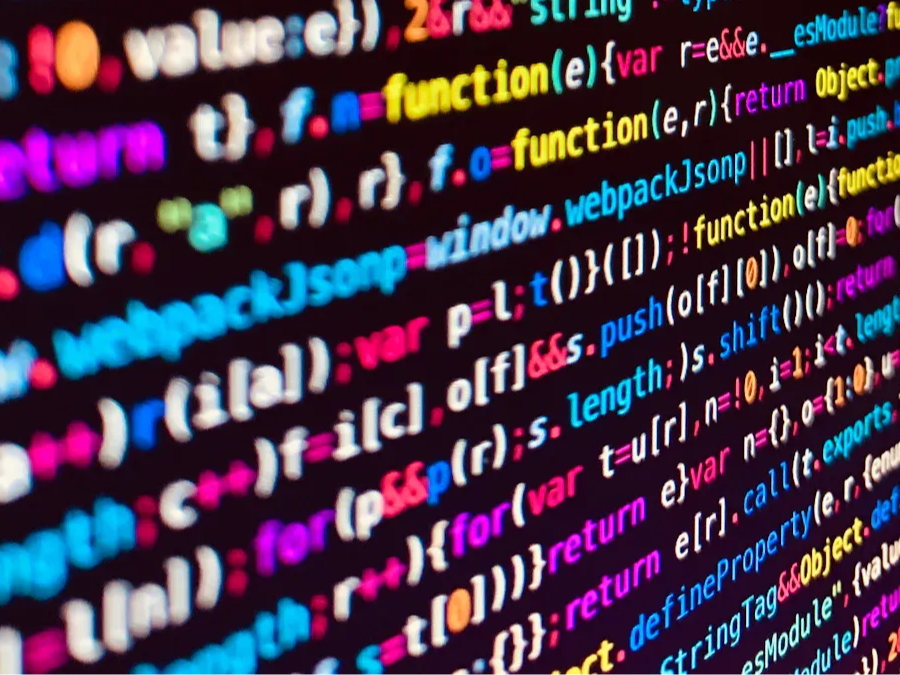Judge models are auxiliary models used to assess the output quality of other models, acting as "judges" to evaluate and score the results of large language models (LLMs). By inputting questions and the responses from the models being evaluated, these models independently analyze and evaluate the output of large language models, providing scores and explanations. The main advantages of judge models include accuracy, efficiency, ease of use, and low cost. They can handle various types of evaluation tasks, including but not limited to the helpfulness, harmlessness, reliability of responses, and the overall quality of generated text. The training methods for judge models typically involve fine-tuning techniques and prompt strategies to enhance their performance and efficiency.
How Judge Models Work?
The primary tasks of a judge model include scoring generated text, comparing pairs of model outputs to select the best text, or calculating the similarity between model outputs and references. Training a judge model requires high-quality datasets, which can include publicly available evaluation data, self-collected subjective evaluation data, and reward data for training reward models. The datasets need to be re-evaluated, categorized, and undergo balanced sampling to ensure data quality and category balance. The processed training data pool is used to experiment with optimal training parameters, such as epoch and learning rate. Ablation studies are performed to determine the best ratio of reward data to general SFT (Supervised Fine-Tuning) data. A suitable base model for fine-tuning, such as the Qwen2.5 series, is chosen. The model's effectiveness is tested using purpose-designed evaluation datasets (e.g., judgerBench). Judge models are evaluated on various subjective evaluation tasks, including single-round and multi-round dialogue evaluations. By comparing the model's output with human-labeled or LLM-labeled results, the model's judgment ability is assessed. Judge models can output scores, comparative results, or detailed comments.
Main Applications of Judge Models
Judge models (Judge models) are widely used in various fields and specific scenarios to ensure the performance, reliability, and safety of AI models. Here are some of the main application areas:
Text Classification: Judge models can be used to assess the accuracy of text classification models. For example, in automatic news article classification tasks, judge models measure classification performance using metrics such as accuracy, precision, recall, and F1 score.
Sentiment Analysis: In product review sentiment analysis, judge models use confusion matrices to display model performance in recognizing positive and negative sentiments, helping researchers understand the model's predictive capability across different sentiment tendencies.
Machine Translation: Judge models use metrics like BLEU and ROUGE to evaluate machine translation outputs by comparing them with human-translated reference texts, assessing translation accuracy and fluency.
Question Answering Systems: When building question-answering systems, judge models evaluate the system's ability to understand questions and accurately answer them using metrics such as accuracy and recall.
Image Recognition: Judge models evaluate the performance of image recognition models by calculating classification accuracy. For example, in recognizing different types of animal images, judge models can provide performance metrics for each category.
Object Detection: In autonomous driving systems, judge models use mean average precision (mAP) to evaluate the ability of object detection models in identifying and locating vehicles, pedestrians, and other objects.
Image Segmentation: Judge models use the Dice coefficient and Jaccard index to evaluate image segmentation models' accuracy in segmenting medical or satellite images.
Credit Scoring: Judge models assess the ability of credit scoring models to distinguish between good and bad customers using metrics like AUC-ROC, helping financial institutions reduce credit risk.
Fraud Detection: In credit card transaction fraud detection, judge models use precision and recall to measure the model's ability to identify fraudulent transactions, considering the impact of false positives.
Market Risk Prediction: Judge models evaluate market risk prediction models' accuracy using metrics like Mean Squared Error (MSE) and Root Mean Squared Error (RMSE).
Medical Imaging Analysis: Judge models assess the ability of medical image analysis models to identify lesion areas using specificity and sensitivity. For example, in tumor detection tasks, judge models help researchers understand the model's performance in recognizing different types of tumors.
Disease Prediction: In disease prediction tasks based on patient data, judge models use cross-validation to assess the model's generalization ability, ensuring high accuracy on new patient data.
Model Comparison: Judge models compare the performance of different large models on various benchmarks to determine which model is better suited for a particular task. For example, in natural language understanding tasks, judge models help compare the performance of models like BERT, GPT, and T5.
Fine-Tuning Evaluation: After fine-tuning a large model, judge models evaluate the effect of the fine-tuning by calculating the performance difference before and after fine-tuning.
Challenges Faced by Judge Models
Judge models face several challenges in real-world applications. Some of the main difficulties and issues include:
Coverage: The capabilities of large models are no longer limited to traditional natural language understanding (NLU) downstream tasks, and it is unclear what should constitute a comprehensive test checklist for evaluating these capabilities.
Orthogonality: The boundaries between different capabilities are often blurred. For example, a text classification task may involve both comprehension and reasoning abilities, making it difficult to fully separate these capabilities for evaluation.
Diversity: Differences between models are often small on simple tasks but significant on complex ones. For example, almost all models can correctly answer "What is 1 + 1?" but will perform differently on more complex mathematical problems. The test set needs to include various types of complex tasks to evaluate models comprehensively.
Complexity: The test cases in the dataset need to be sufficiently complex to reveal the model's ability to handle intricate problems.
Multiple Choice vs. Open-ended: Most evaluation methods use multiple-choice questions because they are easier to quantify. However, in real-world usage, interactions between models and humans are often not in the form of multiple-choice questions, so subjective open-ended questions need to be included.
Subjectivity in Human Evaluation: While human evaluation can provide more accurate results, it is prone to human biases and is inefficient and costly.
Static vs. Dynamic: Existing evaluation methods are static, with fixed test samples that may already be part of the model's training data. Dynamic evaluation methods could continuously update test samples, introduce open-ended questions, and explore new evaluation methods, such as models being evaluated through debate.
Future Prospects of Judge Models
With technological advancements, more efficient training frameworks will emerge. For example, distributed training technologies can further reduce model training time and improve training efficiency. There will also be new progress in model compression, enabling lightweight models to run smoothly on mobile devices, meeting the needs of different application scenarios. Native unified multimodal large models will receive more attention and development. These models can process not just a single type of input but also integrate information from different sources across modalities, forming a more comprehensive cognitive system. As collaboration across industries intensifies, a complete ecosystem is gradually forming. By strengthening the synergy across various supply chain segments, the entire industry will become more stable and healthy, promoting the effective conversion of technological results into productive capabilities. As the application scenarios of artificial intelligence continue to expand, richer benchmark datasets will be needed to evaluate the performance of large models across various scenarios. To improve evaluation efficiency, more effective evaluation methods and algorithms need to be explored, reducing evaluation time and cost. To better understand the performance of large models, an evaluation index system with more dimensions, such as sentiment analysis and moral judgment, will need to be built. Judge models will become more intelligent, providing more accurate evaluations, detailed feedback, and improvement suggestions. These models will support dynamic evaluations, continuously updating test samples, introducing open-ended questions, and exploring new evaluation methods, such as evaluating models through debates. In conclusion, the future prospects of judge models are broad, and they will play an important role in multiple fields. With continuous technological advancements and expanding application scenarios, judge models will become more intelligent and efficient, providing strong support for the development of large models.








